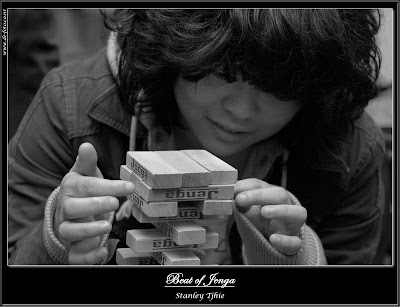Don't Dry Me Up
This dam was taken during the camp. Over at the Lake Eildon in Marysville. Of course this view was from the top of the hill. The title is dedicated to the always dwindling reserve in the Victoria's dam and also the searing 37degrees temperature that we are experiencing now.
Rock-fill dams
Rock-fill dams are embankments of compacted free-draining granular earth with an impervious zone. The earth utilized often contains a large percentage of large particles hence the term rock-fill. The impervious zone may be on the upstream face and made of masonry,
concrete, plastic membrane, steel sheet piles, timber or other material. The impervious zone may also be within the embankment in which case it is referred to as a core. In the instances where clay is utilized as the impervious material the dam is referred to as a composite dam. To prevent internal erosion of clay into the rock fill due to seepage forces, the core is separated using a filter. Filters are specifically graded soil designed to prevent the migration of fine grain soil particles. When suitable material is at hand, transportation is minimized leading to cost savings during construction. Rock-fill dams are resistant to damage from
earthquakes. However, inadequate quality control during construction can lead to poor compaction and sand in the embankment which can lead to
liquefaction of the rock-fill during an earthquake. Liquefaction potential can be reduced by keeping susceptible material from being saturated, and by providing adequate compaction during construction. An example of a rock-fill dam is
New Melones Dam in
California.
Earth-fill dams
Earth-fill dams, also called earthen, rolled-earth or simply earth dams, are constructed as a simple
embankment of well compacted earth. A
homogeneous rolled-earth dam is entirely constructed of one type of material but may contain a drain layer to collect seep water. A zoned-earth dam has distinct parts or zones of dissimilar material, typically a locally plentiful shell with a watertight
clay core. Modern zoned-earth embankments employ filter and drain zones to collect and remove seep water and preserve the integrity of the downstream shell zone. An outdated method of zoned earth dam construction utilized a
hydraulic fill to produce a watertight core. Rolled-earth dams may also employ a watertight facing or core in the manner of a rock-fill dam. An interesting type of temporary earth dam occasionally used in high latitudes is the frozen-core dam, in which a coolant is circulated through pipes inside the dam to maintain a watertight region of
permafrost within it.
Because earthen dams can be constructed from materials found on-site or nearby, they can be very cost-effective in regions where the cost of producing or bringing in concrete would be prohibitive.



































